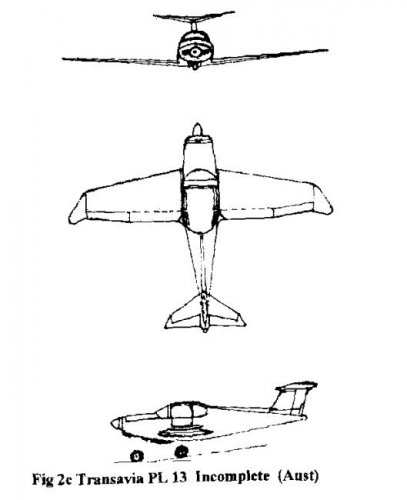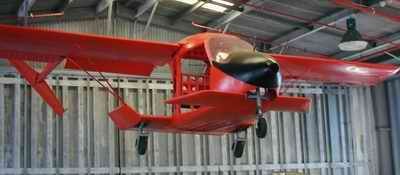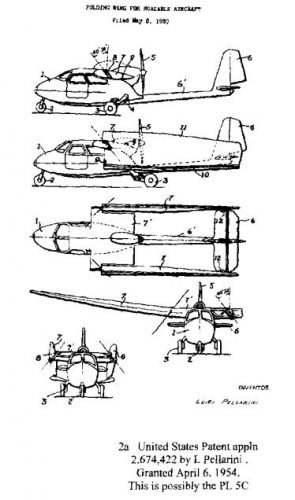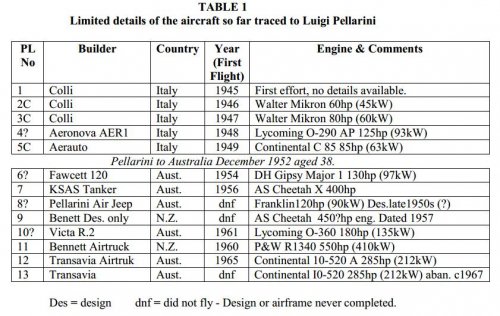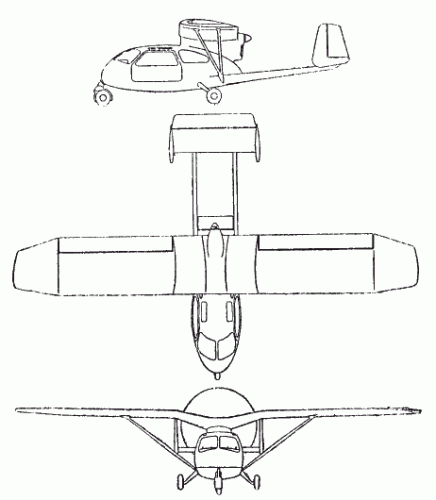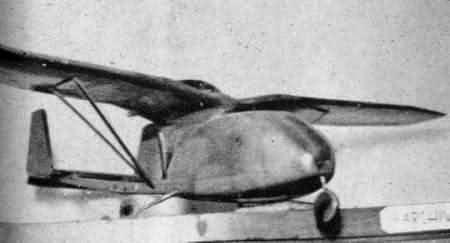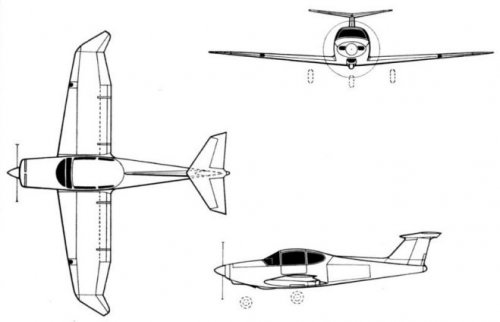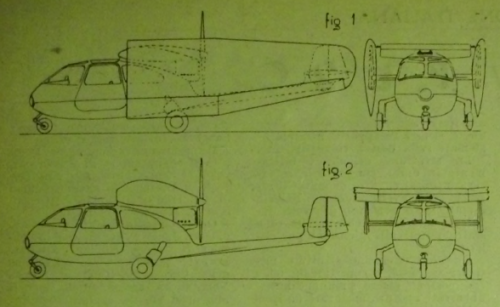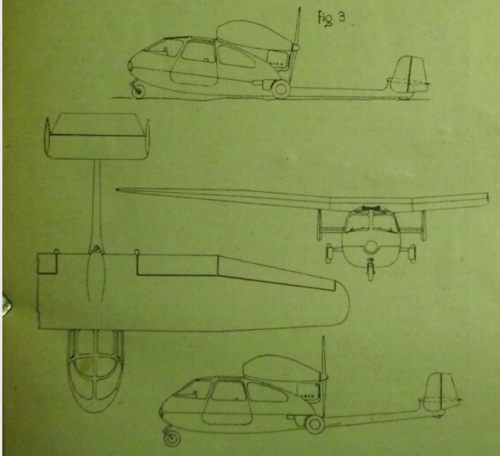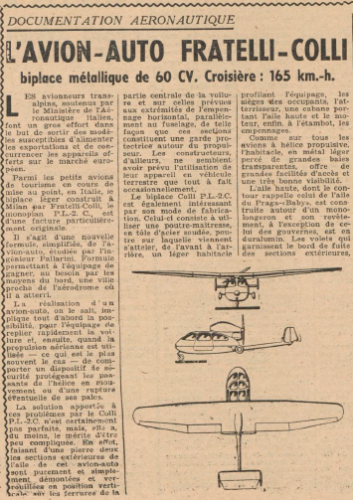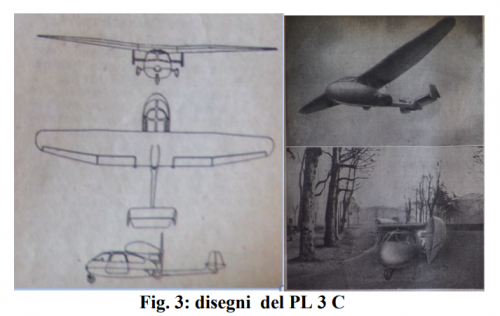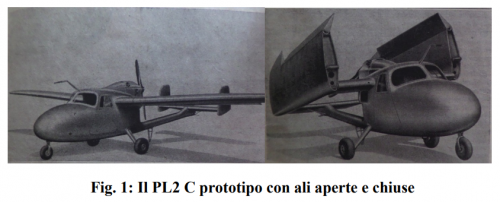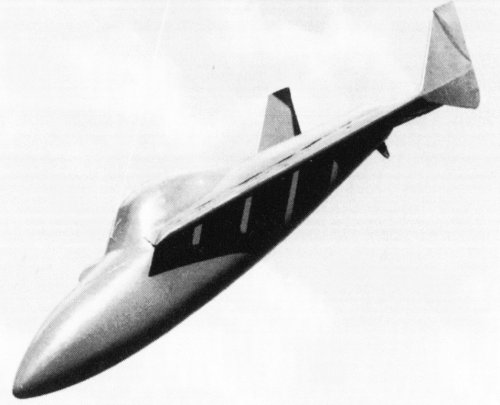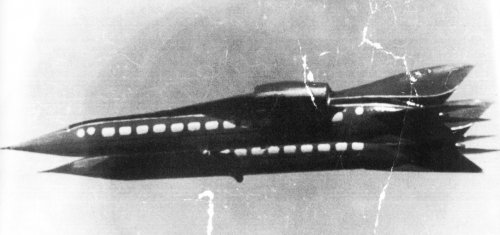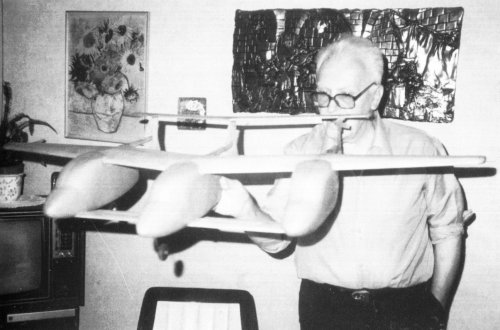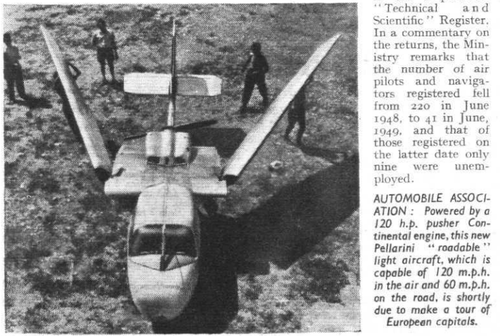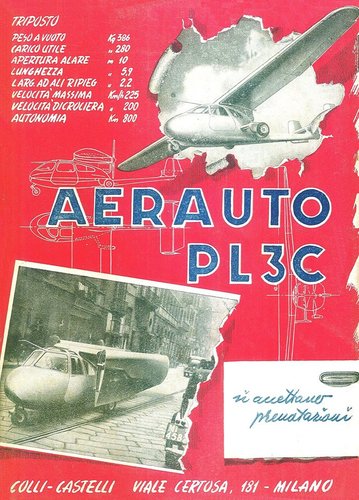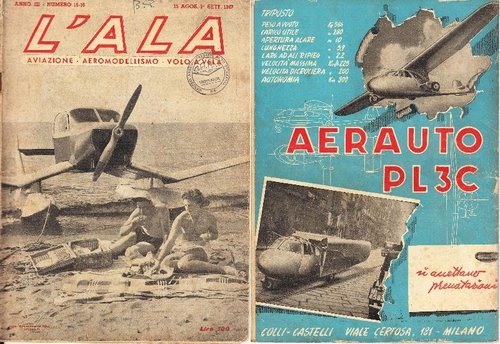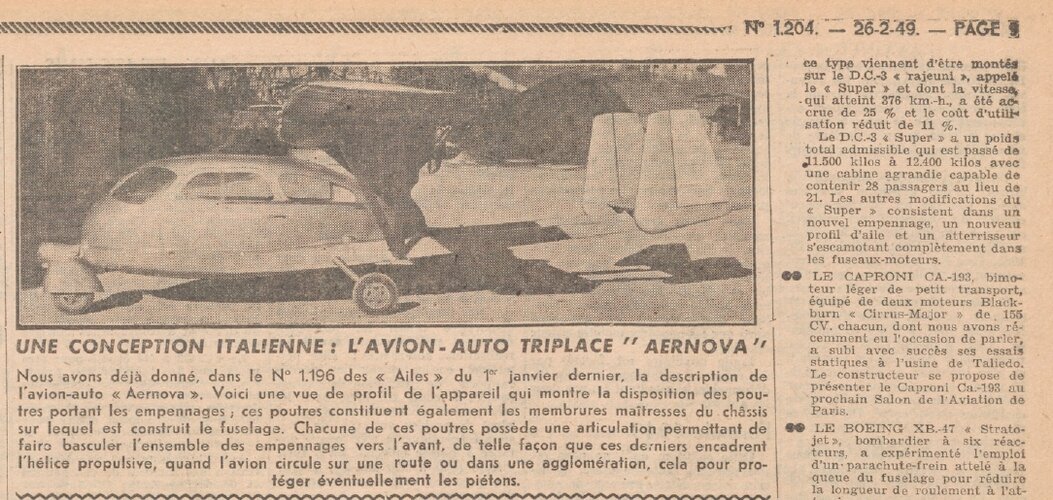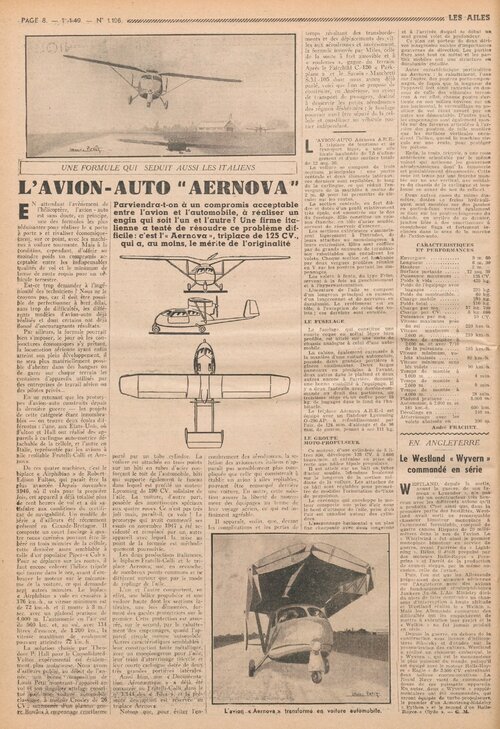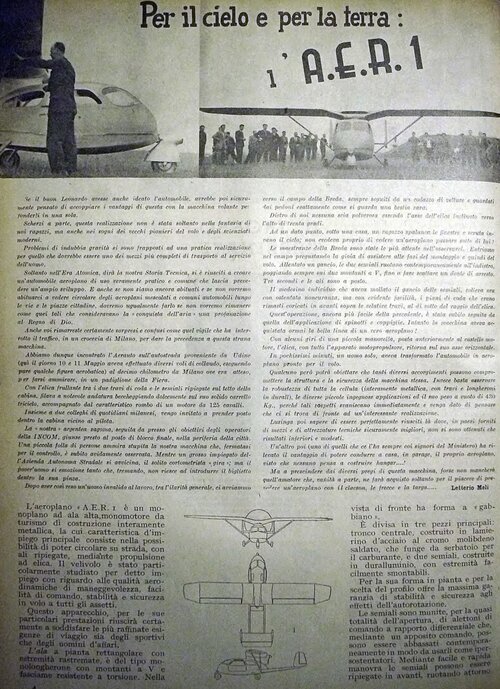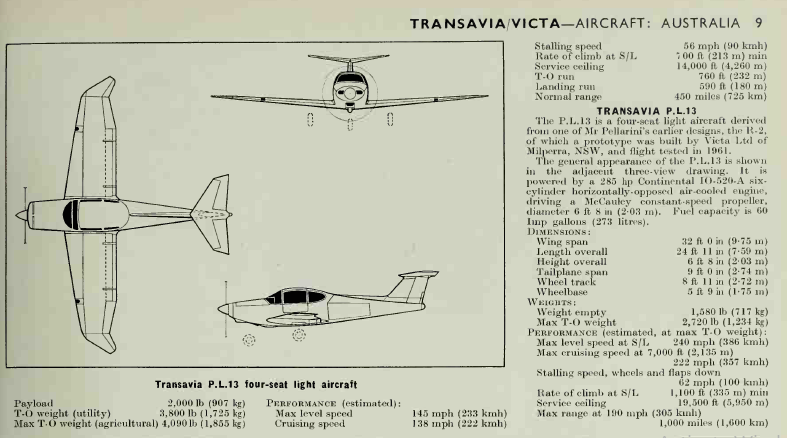- Joined
- 26 May 2006
- Messages
- 32,639
- Reaction score
- 11,812
Hi,
we know that Italian designer,Luigi Pellarini,and his series of PL aircraft,in that
PDF,they spoke about his aircraft and mention that the PL-13 was a low-mid-
wing light aircraft,but in anther site they mention the PL-13 as Air Jeep,who
is right?.
From long time ago,I knew the PL-2,PL-5 and PL-9 as little known aircraft
and projects,for example the PL-9 was a four seat twin boom project of
1958,unfortunately I have no drawings to them,except for PL-5.
http://www.qam.com.au/papers/Luigi-Pellarini-dgc.pdf
http://dbdesignbureau.buckmasterfamily.id.au/aus_projects.htm
we know that Italian designer,Luigi Pellarini,and his series of PL aircraft,in that
PDF,they spoke about his aircraft and mention that the PL-13 was a low-mid-
wing light aircraft,but in anther site they mention the PL-13 as Air Jeep,who
is right?.
From long time ago,I knew the PL-2,PL-5 and PL-9 as little known aircraft
and projects,for example the PL-9 was a four seat twin boom project of
1958,unfortunately I have no drawings to them,except for PL-5.
http://www.qam.com.au/papers/Luigi-Pellarini-dgc.pdf
http://dbdesignbureau.buckmasterfamily.id.au/aus_projects.htm

